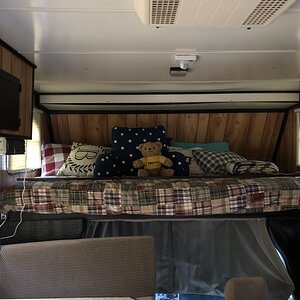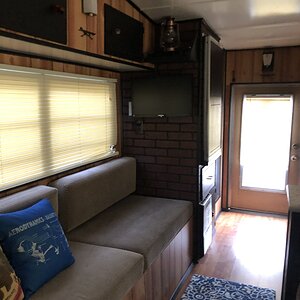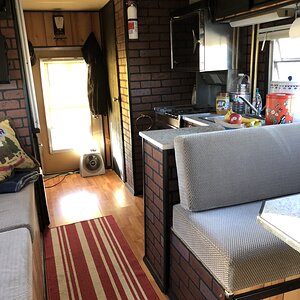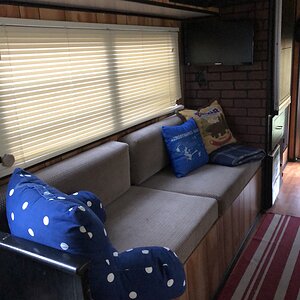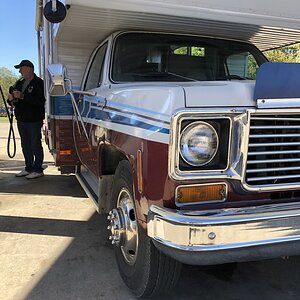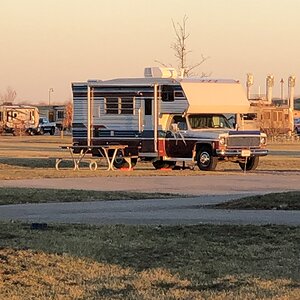Pgh_AL
RVF Regular
- Joined
- Sep 16, 2021
- Messages
- 53
- Location
- Pittsburgh
- RV Year
- 1992
- RV Make
- Fleetwood
- RV Model
- Pace Arrow
- RV Length
- 30'
- Chassis
- Chevrolet
- Engine
- 454
- TOW/TOAD
- None
Can someone explain inverters to me ? Ok heres what im trying to understand . Im trying to distinguish the difference in the types there are . Im slowly beginning to realize there is different ones .
I need to know if I can run 110 through a inverter from a battery bank . And I don't know if I have what it takes to do it .
What's goes on in my rig right now is I only have 110 when my generator is running . Or when I hook to the pole .
I think im seeing post where people claims that they are getting 110 from a battery bank . How is this accomplished ? I'LL be eagerly awaiting responses . Thanks in advance
I need to know if I can run 110 through a inverter from a battery bank . And I don't know if I have what it takes to do it .
What's goes on in my rig right now is I only have 110 when my generator is running . Or when I hook to the pole .
I think im seeing post where people claims that they are getting 110 from a battery bank . How is this accomplished ? I'LL be eagerly awaiting responses . Thanks in advance



